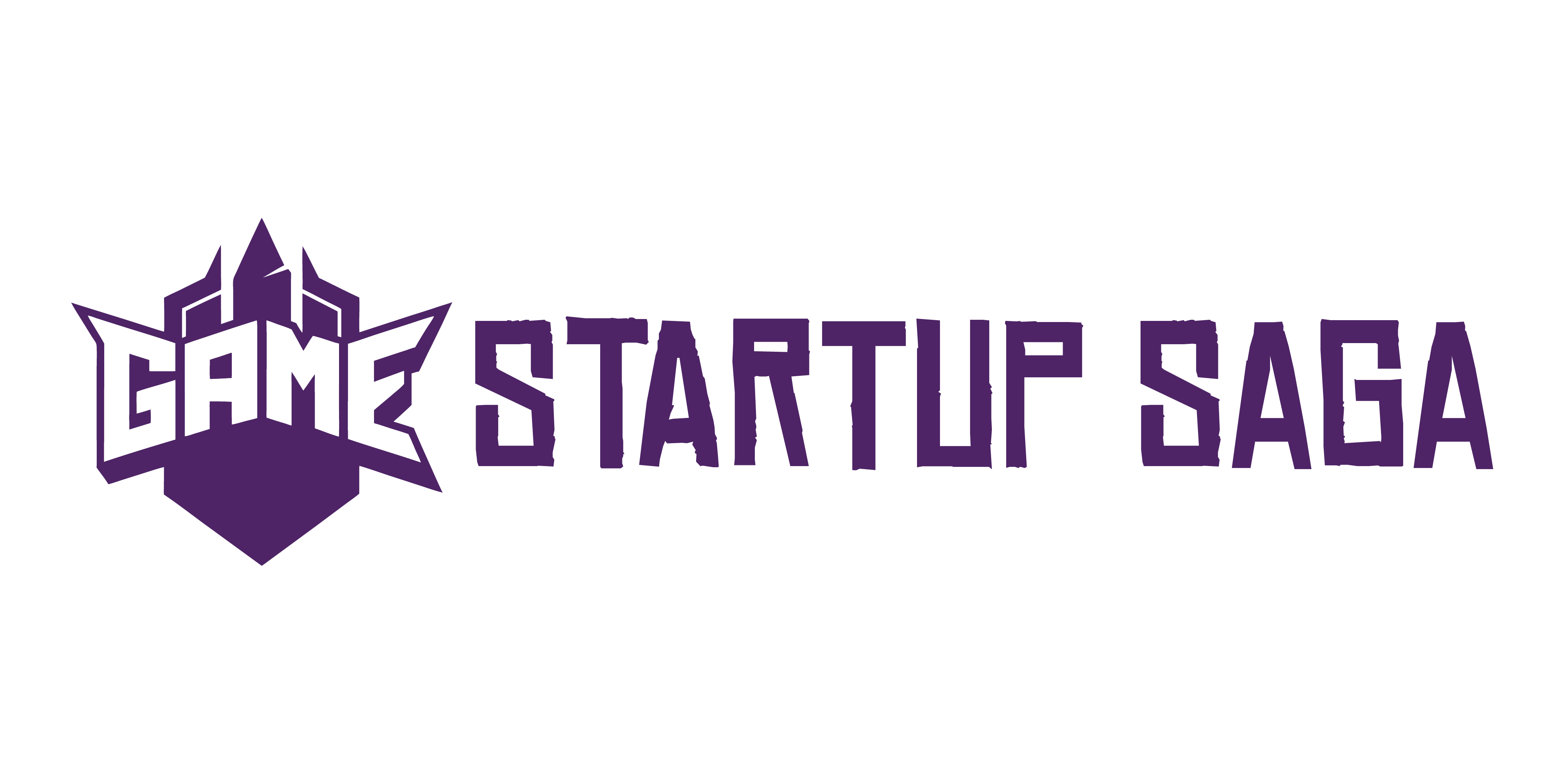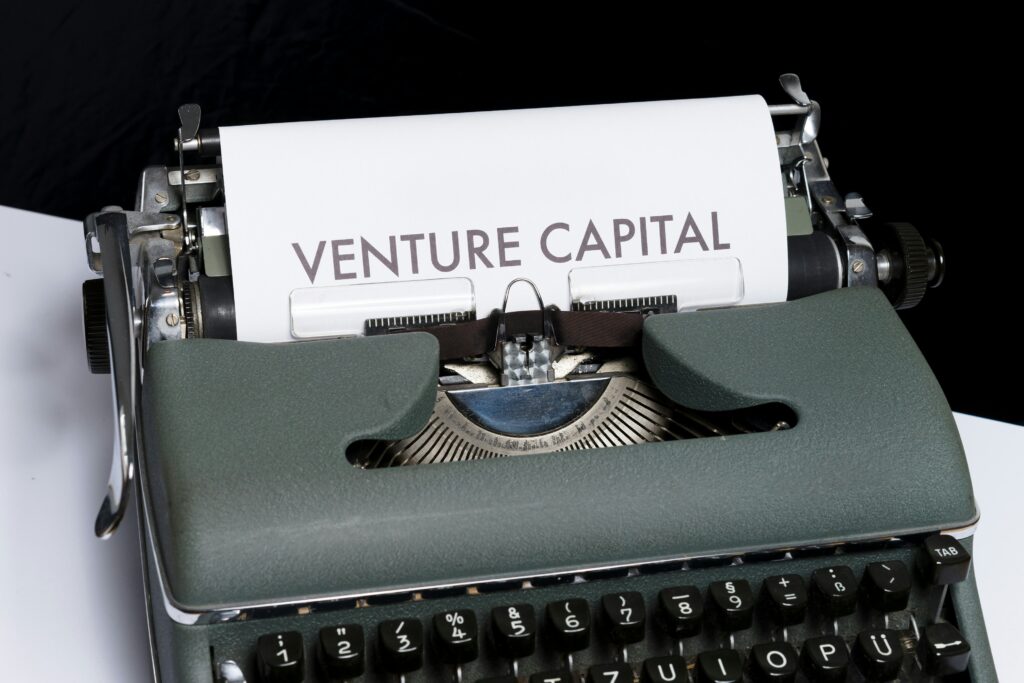Why Funding Matters in Game Development
Launching a game isn’t just about creativity—it’s about capital. From the first line of code to the final patch update, development costs can stack up rapidly. Understanding these financial realities is key to planning your journey as a game startup.
The Real Costs of Game Development
It’s common to underestimate the full scope of what it takes to build a game. Beyond talent and tools, consider the hidden costs:
- Prototyping and early assets: even a basic playable demo requires time, testing, and polished visuals.
- Salaries or contractor fees: developers, artists, writers, and audio designers all need to be compensated.
- Licensing and software tools: engines like Unity or Unreal may charge for certain features or usage levels.
- Marketing and distribution: building a great game is useless if no one hears about it.
- Ongoing support: bug fixes, updates, and server costs post-launch can eat into your revenue.
Why Bootstrapping Only Gets You So Far
Self-funding (aka bootstrapping) can work in early stages—but it often reaches a financial wall.
- Limited runway: personal savings or small team contributions dry up fast.
- Slower development cycles: without funding, your team might juggle side gigs or part-time progress.
- Opportunity cost: while you’re scraping by, competitor teams with funding might launch ahead of you.
Bootstrapping is valuable—it shows commitment. But be aware of when it begins to limit potential instead of fueling it.
What External Funding Can Do for You
External investment isn’t just about padding your bank account. The right funding can:
- Accelerate your timeline: hire more talent, hit milestones faster, and beat competitors to market.
- Improve quality: afford polish, playtesting, and better onboarding experiences.
- Increase reach: invest in marketing, community-building, and platform relationships.
- Reduce burnout: build a more sustainable workload for you and your team.
In short, funding gives your vision the velocity to succeed in a competitive industry.
Know Your Options: Types of Game Startup Funding
When you’re building a game, the dream is clear—but the money is murky. Here’s a breakdown of the main funding routes and what you’re really signing up for with each.
Angel Investors These are high-net-worth individuals putting in early-stage money. They’re usually less rigid than big firms and sometimes offer hands-on guidance. You’ll give up equity, but it might be worth it for the flexibility and speed. The catch? There’s no safety net if they back out or get cold feet halfway through development.
Venture Capital (VC) VCs mean serious funding and serious expectations. They want scalability, return on investment, and usually a piece of your company. Pitch to them if you’re building something big—a game studio, not just one title. Be ready for pressure, and don’t apply with a half-baked budget or blurry vision.
Publisher Deals Publishers offer funding in exchange for distribution rights, creative input, or revenue share. It’s a trade. You might lose some control, but you gain marketing power and access to established platforms. Make sure the terms are clear—some deals favor the publisher far more than the dev.
Crowdfunding Platforms like Kickstarter and Indiegogo are great for smaller titles and building community early. If your pitch is clear and your trailer’s tight, you might raise enough to cover development. But hitting your goal isn’t the finish line—you’ve got a crowd of backers watching your every move.
Government Grants & Industry Competitions Free money is rare—but this is as close as it gets. Many countries offer grants to boost local game development. Competitions can come with prize money, exposure, and mentorship. These options are low-risk, but highly competitive. Also, expect paperwork—lots of it.
Pros and Cons by Path
- Angel: fast, flexible, limited funds, high variability
- VC: high potential funding, loss of equity, intense expectations
- Publisher: operational support, marketing muscle, possible creative constraints
- Crowdfunding: community-driven, zero equity loss, high transparency required
- Grants/Competitions: low financial risk, competitive, bureaucratic
Choose wisely. Each path has allies, tradeoffs, and battles. What matters is matching the money source to your actual goals—not just grabbing the first check that comes your way.
Build a Pitch Investors Actually Care About
Creating a compelling pitch is about more than flashy trailers or big promises. Investors need to understand not just what your game is, but why it matters—and why it’s worth their funding. Here’s how to craft a pitch that gives them real reasons to say yes:
Hook Their Attention Right Away
Start with a clear, captivating hook. This is the core idea that makes your game stand out from the flood of other pitches they hear every week.
- Summarize your concept in one or two sentences.
- Highlight what makes your game truly different (mechanics, tone, genre fusion, etc.).
- Make them excited before you dive into the details.
Present the Vision and Market Fit
Investors don’t fund cool projects—they fund opportunities. Show that your game isn’t just creative, but built for a real audience.
- Who is your target demographic?
- What games are they currently playing?
- How does your game tap into existing demand or niche interest?
Use competitive analysis to show you understand your space—and where your game fits within it.
How Much of a Demo Do You Really Need?
A polished, playable demo can be a game-changer, but it’s not always a requirement. What’s essential is clarity.
- A vertical slice or prototype showing core mechanics is often enough.
- Emphasize what players can feel: tension, challenge, emotion.
- Use video captures or mock gameplay if you’re still early in development.
Highlight Team Credibility
Ideas are only as strong as the team behind them. Investors bet on execution—so showcase your qualifications.
- Mention prior experience in game dev, tech, or startups.
- Spotlight any shipped projects, relevant roles, or team milestones.
- Even personal passion can matter—just connect it back to why you’re capable.
Be Clear About Monetization
No matter how creative your game is, investors want to understand how it will make money.
- State your revenue model: premium, free-to-play, ads, subscriptions, etc.
- Lay out user acquisition costs and expected lifetime value (if available).
- Show your thinking—what’s the path from download to dollars?
Want more pitch insights? Check out this article: Top Tips for Pitching to Game Investors
Make every part of your pitch count. You get limited time—use it to show vision, strategy, and why you’re the right one to bring this game to life.
What Investors Look For in a Game Startup
If you want investors to take your game seriously, it needs more than flashy trailers and hype. At the core, they’re looking for something unique—an idea that hasn’t been done to death but still feels familiar enough to land with players. Your concept needs to be scalable: Can this grow beyond a cult hit? Will it survive once you start stacking content and new features onto it?
Next comes the roadmap. A clear, realistic development timeline shows you’re not just dreaming—you’ve done your homework. Break it into phases: pre-production, prototyping, alpha, beta, launch. List team roles and milestones that actually make sense. It doesn’t have to be pixel-perfect, but it has to be believable.
Your visuals and mechanics should punch through the clutter. If players can’t tell whether your game is a battle royale, a rogue-lite, or a walking sim in the first 30 seconds, that’s a problem. Nail your art style. Lock in your gameplay hook. Show how it plays, not just how it looks.
Then, talk budget. Investors want tight planning, not vague burn rates. Break down your needs by development stage and explain what each dollar unlocks. Tie spending to progress. Bonus points if you show milestones where revenue starts kicking in.
Finally, prove there’s a real audience out there. Show evidence—wishlist numbers, competitor benchmarks, playtest data, or community traction. If you can prove people actually want this thing, your pitch gets a lot harder to ignore.
Tips for Navigating the Fundraising Process
Getting funding isn’t just about having a good game—it’s about who you know, how you show up, and what you’re willing to trade for capital. Start with warm intros whenever possible. Cold emails still work, but getting referred by someone an investor trusts will always give your pitch a head start. If you don’t have that network yet, build it. Attend game dev events, meetups, or better yet—join online spaces where investors and founders actually talk.
When it’s time to pitch, keep it sharp. Cut the jargon and only say what matters: what your game is, why it stands out, who it’s for, and how you’re going to make money. Rehearse like crazy. If you can’t explain your core loop and monetization in under two minutes, you’re not ready.
And when term sheets start coming your way, don’t get starry-eyed. It’s easy to give away too much equity too early, especially if it’s your first rodeo. Keep control of your vision. Negotiate terms you can live with six months and six years down the line. That means clear milestones, no vague control clauses, and a cap table that doesn’t gut your future options.
This phase requires hustle, but also a cool head. Be proactive, be clear, and don’t say yes to deals that feel off. You’re not just getting funded—you’re choosing a partner for the journey.
Final Advice: Build, Iterate, Network
Before you send a single pitch deck or schedule a meeting, put the work in. Build something. It doesn’t need to be a finished product, but it needs to exist. A working prototype, a vertical slice, even a basic demo—having something playable puts you ahead of 80% of cold pitches. Investors want to see momentum, not just ideas.
From there, use real players to sharpen your game. Get feedback early and often. Watch how people actually play, not how you expect them to. Tighten your mechanics, fix your UX, and adjust your pitch based on what people genuinely enjoy. Traction speaks louder than ambition.
Also, get out of your bubble. Go to industry events where conversations are happening. Game expos, online developer forums, Discord communities, and pitch competitions—they’re all networking accelerators. Finding the right investor happens faster when people already know your name.
Finally, stay with it. Most funding doesn’t come from your first, second, or third outreach. The process is slow and often messy, but persistence separates the funded from the forgotten. Keep improving your game, keep showing proof, and keep asking. Someone will bet on the team that doesn’t quit.
Bottom Line
Funding a game startup isn’t a one-size-fits-all formula. It’s half strategy, half persistence. You’re not just selling a game—you’re pitching a vision, a roadmap, and your ability to deliver.
Investors have limited time and zero patience for vague dreams. Be sharp. Be specific. Know your numbers. If you don’t, someone else will. Market potential, development milestones, monetization—these can’t be afterthoughts. They’re the meat of your pitch.
At the same time, you need something real to show. A prototype. Positive user feedback. Early traction. These aren’t trophies—they’re proof that your idea holds water in the wild.
Yes, the process is brutal. It takes more rejections than wins, and no, you’re not always going to get honest feedback. But if you’ve done the work—if you’ve built something tight, playable, and compelling—then getting funded becomes less about luck and more about preparation meeting opportunity.
Bottom line: Build something worth betting on. Then make it impossible to ignore.




